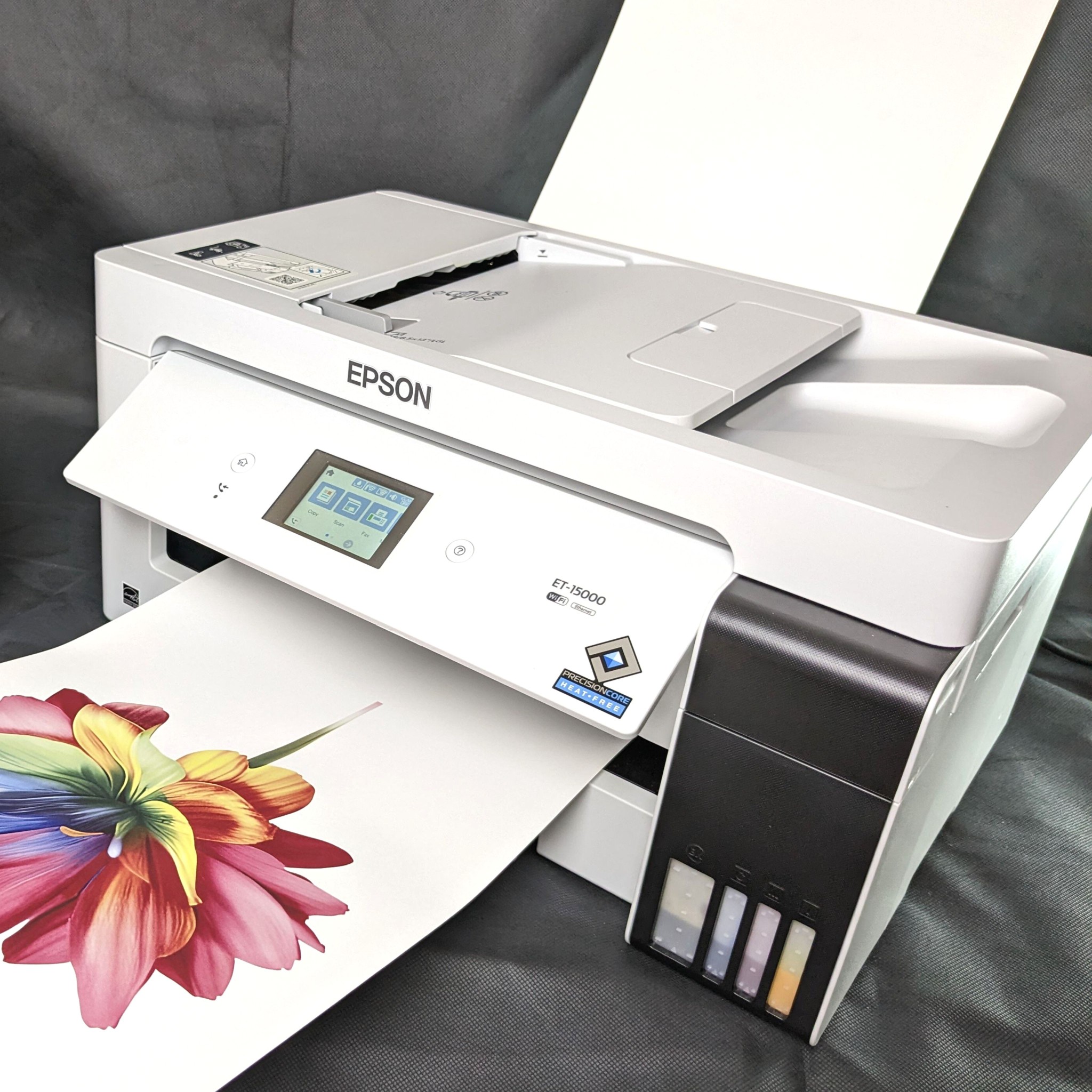A Comprehensive Overview to the Different Kinds of Cloth Printing Methods
Starting an exploration of towel printing techniques exposes a fascinating junction of custom and technology. Each technique, from the thorough craftsmanship of block printing to the fast performance of screen printing, serves one-of-a-kind purposes and provides distinctive benefits. Digital printing's adaptability and ecological awareness stand in stark contrast to the quick modification of heat transfer printing. Color sublimation printing astounds with its capacity to generate lively, long-lasting designs on synthetic fabrics. To really comprehend the subtleties and possible applications of these varied strategies, a much deeper investigation is essential.
Block Printing
Block Printing, one of the oldest approaches of fabric design, has a rich background that dates back to ancient worlds. The procedure includes carving intricate layouts into wood blocks, which are after that dipped in dye and pressed onto textile to produce patterns.
The precision and workmanship included in block printing make it a labor-intensive process, yet it also enables a high level of customization. Craftsmens can produce unique patterns by incorporating different blocks or differing the application of dye. This adaptability has added to the enduring appeal of block printing in both conventional and modern textile layout.
Block printing is especially valued for its visual high qualities, including the slight variations in pattern and shade that result from the hand-printing procedure. These imperfections offer a distinct personality to each item, distinguishing it from mass-produced textiles. In spite of advances in contemporary printing modern technologies, block printing stays a valued method, commemorated for its historic importance and imaginative value.
Display Printing
Display printing, another famous fabric decoration method, has actually revolutionized the market with its effectiveness and versatility. This approach involves producing a pattern, recognized as a screen, and using it to apply layers of ink on the printing surface area. Each shade in the layout requires a different screen, which permits complex and vivid multi-colored prints.

Among the crucial benefits of display printing is its flexibility to numerous kinds of textiles, consisting of cotton, polyester, and blends. This strategy is specifically ideal for large-volume orders as a result of its cost-effectiveness and rate. The durability of the prints is one more considerable advantage, as the ink bonds well with the material, making sure resilient styles that stand up to several laundries.
When dried page out, the style is moved onto the emulsion-coated screen making use of a UV light resource. Ink is then pushed with the stencil onto the textile using a squeegee.
Display printing is commonly used in the garment industry, promotional items, and custom clothing. Its capacity for high-quality, comprehensive prints protects its condition as a foundation strategy in textile printing.
Digital Printing
Digital printing has swiftly emerged as an innovative method in the fabric industry, leveraging innovative innovation to create high-resolution designs directly onto fabric. Unlike traditional approaches, electronic printing employs inkjet printers to down payment pigment or dye-based inks onto fabrics, making it possible for complex and vivid patterns with a remarkable level of detail and color accuracy.
One of the key advantages of digital printing is its versatility. This approach enables for on-demand printing, which dramatically reduces waste and reduces stock prices.
In addition, digital printing is environmentally friendly. sublimation printing. It makes use of water-based inks and calls for much less water and power compared to conventional strategies, lining up with sustainable techniques. The precision of digital printing additionally permits the use of a broader variety of materials, consisting of cotton, silk, polyester, and blends, making sure convenience throughout numerous applications
Warmth Transfer Printing
Just how does warm transfer printing revolutionize material design? Warm transfer printing involves utilizing heat and pressure to move a design from a specifically formulated paper onto fabric.
Among the primary benefits of heat transfer printing is its capability to produce top notch, comprehensive photos rapidly and successfully. It is particularly appropriate for small production runs and personalized orders, making it a popular option for personalized clothing and advertising items. Furthermore, this strategy is versatile, fitting numerous sorts of materials including cotton, polyester, and blends.
In addition, heat transfer printing is fairly cost-efficient contrasted to other image source techniques, as it needs marginal setup and lower preliminary financial investment - sublimation printing. This price, coupled with its capability for creating vivid, durable prints, highlights its essential function in modern-day textile layout

Dye Sublimation Printing
Dye sublimation printing, an innovative textile printing method, offers unmatched vibrancy and durability for designs on numerous synthetic fabrics. The published transfer paper is then positioned on the textile, and both are subjected to high warmth and pressure making use of a heat press.
One of the crucial advantages of dye sublimation printing is its capacity to produce continuous-tone prints with detailed details and dynamic shades. Unlike various other printing techniques, the color becomes part of the material instead than sitting on top of it, resulting in a soft and breathable coating.
Conclusion
Block printing is admired for its artisanal top quality, while display printing is useful for high-volume manufacturing. Digital printing gives versatility and environmental advantages, whereas warmth transfer printing is ideal for rapid customization.
Each method, from the meticulous craftsmanship of block printing to the quick performance of display printing, offers special functions and provides unique benefits. Digital printing's adaptability and ecological awareness stand in plain contrast to the speedy modification of warm transfer printing. In spite of advancements in read this post here modern printing technologies, obstruct printing stays a treasured technique, commemorated for its historic importance and artistic worth.
Dye sublimation printing, an advanced material printing strategy, uses unequaled vibrancy and longevity for layouts on numerous synthetic textiles. Digital printing supplies flexibility and environmental advantages, whereas heat transfer printing is ideal for fast customization.
Comments on “Top Trends in Branded Clothing That You Required to Know About”